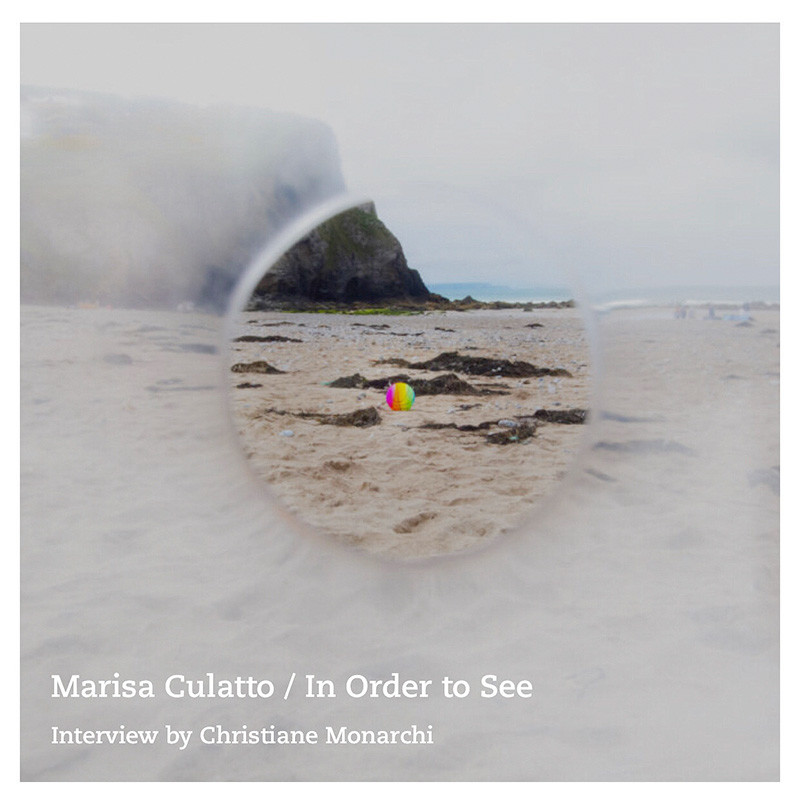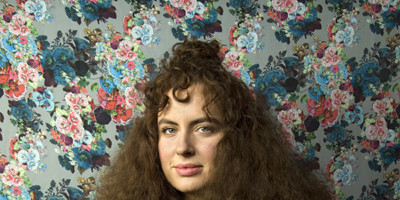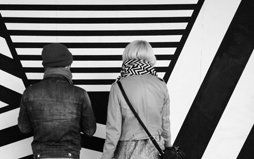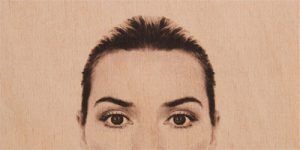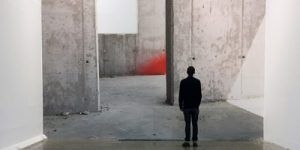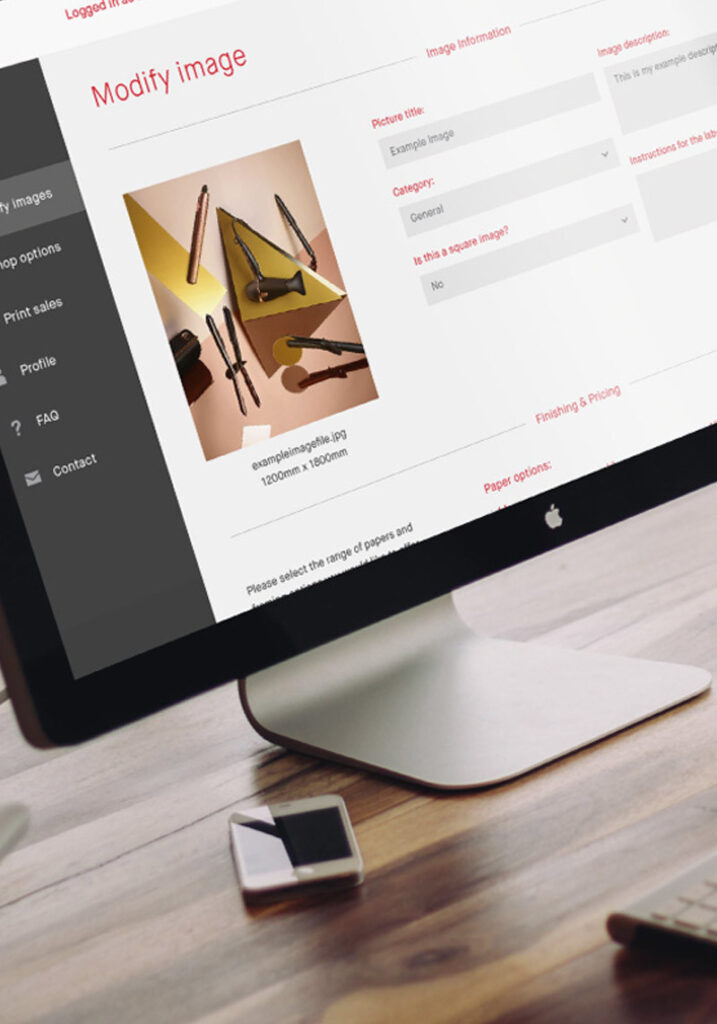Founded by Christiane Monarchi, Photomonitor highlights lens-based artists at all levels of experience and practice, providing an important online perspective of their projects and vision.
It is clear that the pandemic has isolated many and our ability to engage in person has meant that platforms such as Photomonitor have become even more invaluable and vital for the creative community. We connected with Christiane to discuss the platform and how it works with artists.
1. Photomonitor was established in 2011 as an online platform to promote lens-based media and is known for publishing honest and open texts from artists and writers who are at various stages in their careers. Could you please tell us a bit about how Photomonitor was founded and maybe a little bit about your own journey in the arts.
Thank you Steve, for this opportunity; I am interested in asking questions of others and realise I don’t often ask them of myself. I created this platform and continue to love growing it in order to share ideas and images from photographers and artists to further promote their ideas. Particularly I am drawn to projects, series and books which may not be so well known, and would benefit from sharing with Photomonitor’s online readership.
I have worked within commercial and public gallery situations and I feel one of the purposes of this online platform is providing another ‘space’ to see and share images and thoughts, and hopefully one that is relatively permanently visible, online. After the spring and summer lockdown pause I relaunched Photomonitor to invite international content, expanding on previous UK and Ireland focus. It has led to a welcome deluge of artists and projects to learn about, feature and share – as well as a lot more international readership.
My journey into the arts was via studying art history and wanting first to work with artists in galleries. This is something which I continue to love: learning about and wanting to promote artists’ creativity to others. I think I find elements of this in everything I devote time to.
2. Exposure via the Photomonitor platform is seen as an important step in having an artist’s work validated, as you throw a spotlight on creatives in a unique and insightful way. How do you invite or select work to be presented via the platform?
It is a privilege to have time to learn about so much lens-based creativity, and I have built numerous informal, constantly changing collaborations with hundreds of contributors who present ideas for new features. I also receive many international press releases, read every magazine and website that I can, and generally try to know about people. I love to meet students, to go degree shows, and give someone one of their first features, I love to show an artist’s little known early work. I just noticed I talk about ‘love’ – it’s hard to explain but a selection of work for Photomonitor comes about in many ways but always includes feeling engaged and interested in a work and wanting to see more of it, and help explain it to the world. Then it goes on Photomonitor. It’s a personal choice, at the end, who receives commissions for interviews or review pitches or who gets a portfolio, but it comes down to wanting to see and know more because I am moved by the ideas within the work.
3. Not only do you feature work online but you also instigate debate and conversation around the topic that takes you into judging and physical review. Do you ever experience work that contradicts between what is visually presented and how it is communicated, and how important is a works explanation in understanding the artists vision?
It is interesting how much I think I understand from a .jpg, and how different that can be when seeing, and being in the physical haptic presence of, a physical print. The object, the artist’s intent, the specialness of an image when it is translated from the screen can sometimes be different from ‘knowing’ it from an online presentation. But it’s hard to share this physicality, the second best is a really great text and some ideas in your head to go along with the screen. That’s what online can do, and it’s often the stories, interview responses, portfolio texts that resonate in the memory possibly more intensely than a passing glimpse of a framed work in a museum or gallery, if one commits the time to taking it in. An example would be an art fair, with amazing photographs on the wall of a gallery’s stand, with no labels, no names and no one wanting to share information with you. Do you take it in? Maybe skimming the surface, but it will be brought to life and given durational memory if you get to learn the story.
4. Given Photomonitor is almost 10 years young, what is your view on ‘trends’ in photography and the impact it has on potentially free thinking others that might not fit into what is currently being viewed as important? Do you see some artists marginalised because they don’t fit the template and is it important to ‘belong’ to an artistic genre?
On reflection, my platform is well set up to show artists and photographers whose works may function well when viewed serially, and do often fit in and around what would be seen in galleries, museums, festival, photobooks, magazines – so this sometimes includes ongoing documentary projects, participatory work, activist and politically engaged work. It may be that I’m attracted to works that come with some narrative.
I’ve also noted there are fewer experimental, alternate process or abstract projects on there, quite possibly because I sometimes get bored reading only about process and want to know ‘why’ this image was made. I am intrigued with works that are hard to read onscreen, that take up physical or sculptural space and really demand ‘seeing’, and look to show these where possible.
On balance, I don’t think artists would be marginalised by not belonging to a genre, it is quite refreshing looking at someone’s site to see they engage with portraiture, narrative, landscape, moving image, or sculptural objects – and interesting to ask them why they are moving in and around different ideas, why they experiment.
5. Turning the tables on the interviewer for this feature, what’s the question you’ve never been asked but wish you had?
That’s clever – I have to remember that. How about:
What do you want to be remembered for?
New ideas. My relationship to photography is one of intellectual curiosity combined with the desire to see something new. I have an overarching yearning for stories – the words we think about when we see pictures – and also the excitement of seeing something new and possibly being the first person to get to share it. Ten years ago I didn’t find enough of that on the internet, so I built it.
The search for new ideas is now also driving my interest in creating Hapax Magazine, a new publication that will award commissions to artists and curators to make new images and ideas to be seen in this print magazine first, and not online. An anti-internet magazine, kind of a reset of what a photography magazine can be, to incubate new ideas from all reaches of the globe. The first issue of Hapax Magazine will be launched next year, it is an exciting project to work with co-editor Gordon MacDonald in crafting this idea into an international magazine. This will be also around the ten-year celebration of Photomonitor’s online project of sharing and promoting work that already exists, but may be hard to see. Hope I’ve got all bases covered by then.
